Access to clean and safe drinking water is a fundamental necessity for every community. In Richmond, Virginia, the Department of Public Utilities (DPU) is responsible for ensuring that residents receive water that meets or exceeds federal and state quality standards. This article delves into Richmond's water quality, examining recent reports, potential contaminants, and the measures in place to maintain water safety.
Understanding Richmond's Water Source
Richmond's primary drinking water source is the James River. The city's Water Treatment Plant, situated on the river's banks, has been operational since 1924. Over the years, the plant has undergone numerous upgrades and expansions to cater to the growing population. Today, it boasts a production capacity of up to 132 million gallons per day, supplying water to Richmond and parts of surrounding counties, including Chesterfield, Hanover, Goochland, Powhatan, and Henrico.
Annual Drinking Water Quality Reports
The DPU publishes an annual Consumer Confidence Report (CCR) to inform residents about the quality of their drinking water. The 2023 report, for instance, provides a snapshot of water quality, detailing the sources, detected contaminants, and compliance with regulatory standards.
Key Findings from the 2023 Report
- Microbial Contaminants: The report indicates that the water is regularly tested for microbial contaminants, including viruses and bacteria, which can originate from sewage treatment plants, septic systems, agricultural livestock operations, and wildlife. The presence of these contaminants does not necessarily indicate that the water poses a health risk.
- Disinfection Byproducts: The use of disinfectants like chlorine, while essential for eliminating harmful pathogens, can lead to the formation of byproducts such as Total Trihalomethanes (TTHMs). Elevated levels of TTHMs have been associated with health risks, including cancer and adverse reproductive outcomes. It's noteworthy that Richmond's water has been found to contain TTHMs, though the levels are within the regulatory limits set by the Environmental Protection Agency (EPA).

Recent Challenges and Responses
In January 2025, Richmond faced a significant water crisis. A severe winter storm led to a power failure at the city's water treatment facility, resulting in a system-wide shutdown. Approximately 230,000 residents were affected, experiencing low water pressure or complete outages. The city issued a boil-water advisory, urging residents to boil tap water before consumption to eliminate potential contaminants. The advisory remained in effect for several days until water quality tests confirmed the absence of harmful bacteria.
Addressing Emerging Contaminants
Emerging contaminants, particularly Per- and Polyfluoroalkyl Substances (PFAS), have garnered attention due to their persistence in the environment and potential health risks. PFAS are synthetic chemicals found in various consumer products, including non-stick cookware, water-repellent clothing, and firefighting foams. The Virginia Department of Health (VDH) has been proactive in monitoring PFAS levels in drinking water. In April 2024, the EPA announced a National Primary Drinking Water Regulation establishing enforceable Maximum Contaminant Levels (MCLs) for six PFAS compounds. Richmond's DPU is collaborating with state agencies to ensure compliance with these new standards and to safeguard public health.
Ensuring Drinking Water Safety
The safety of Richmond's drinking water is maintained through a combination of rigorous testing, infrastructure maintenance, and public transparency. The DPU conducts daily water quality tests, monitoring for over 150 potential contaminants. The results are compared against standards mandated by the EPA and the Virginia Department of Health. Any deviations or potential issues are promptly addressed to ensure that the water remains safe for consumption.
Public Access to Water Quality Information
Transparency is a cornerstone of public trust. Richmond residents can access the annual Drinking Water Quality Report online, which provides detailed information about water sources, detected contaminants, and compliance with health standards. Additionally, the DPU encourages residents to participate in public meetings and stay informed about water quality issues. For those without internet access, printed copies of the report are available upon request.
Conclusion
Richmond's commitment to providing safe drinking water is evident in its comprehensive monitoring programs, timely public communications, and proactive measures to address emerging contaminants. While challenges like the January 2025 water crisis highlight the vulnerabilities in aging infrastructure, they also underscore the importance of continued investment in system upgrades and emergency preparedness. Residents are encouraged to stay informed by reviewing the annual Drinking Water Quality Report and participating in community discussions about water safety. By working together, the community can ensure that Richmond's drinking water remains safe and reliable for all.
References:
- City of Richmond Department of Public Utilities Consumer Confidence Report.
- Virginia Department of Health - Per- and Polyfluoroalkyl Substances (PFAS) in Drinking Water.
- "Clean tap water isn't flowing in Virginia's capital as residents find creative ways to cope." Associated Press News.
- RVAH2O - Water Reports.
- Virginia Department of Environmental Quality - Water Quality Assessments.

